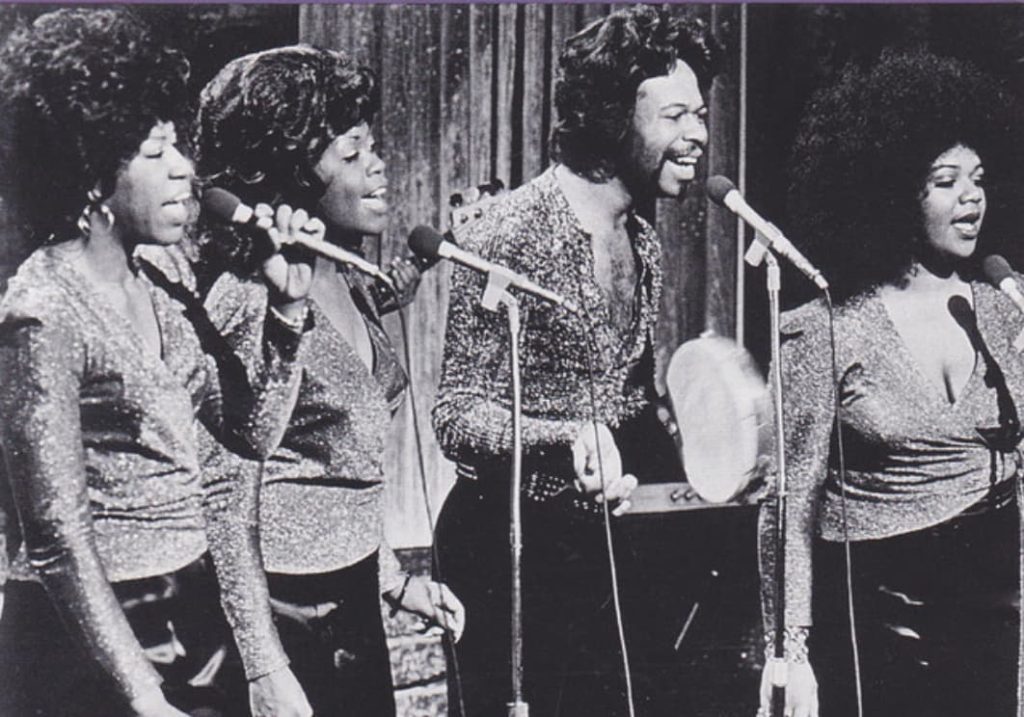
A Gospel Anthem of Jubilation and Redemption
“Oh Happy Day” by The Edwin Hawkins Singers is more than just a song; it’s an experience, a surge of pure, unadulterated joy that transcends musical boundaries. Released in 1969, this gospel masterpiece quickly ascended the charts, reaching No. 4 on the US Billboard Hot 100, a remarkable feat for a gospel track. It also topped the charts in several European countries, including France, Germany, and the Netherlands, becoming a global phenomenon.
The story behind this iconic song is as inspiring as the music itself. Edwin Hawkins, a young pianist and choir director from Oakland, California, was working with a youth choir at the Ephesian Church of God in Christ. During a rehearsal, he arranged an 18th-century hymn, “O Happy Day,” giving it a contemporary gospel twist. This arrangement, featuring the soaring vocals of Dorothy Combs Morrison, captured a raw energy and infectious enthusiasm that was simply irresistible. The performance was recorded by a local label and initially intended for a small release, but word of mouth spread like wildfire, propelling the song to national and then international acclaim.
The song’s power lies in its simplicity and sincerity. The lyrics, based on the hymn by Philip Doddridge, celebrate the transformative power of faith, the moment of spiritual awakening and redemption. The phrase “Oh happy day, when Jesus washed my sins away” speaks to the core of Christian belief, the idea of forgiveness and new beginnings. But the song’s appeal extends beyond religious circles. The sheer exuberance of the music, the dynamic interplay between the lead vocals and the choir, the infectious rhythm – these elements create a universal feeling of upliftment and joy that anyone can connect with.
Imagine the late 60s, a time of social upheaval and change. In the midst of this turbulent era, “Oh Happy Day” offered a beacon of hope and positivity. It was a reminder of the power of community, the strength found in shared faith and collective expression. The song became an anthem of hope, resonating with people from all walks of life.
The impact of “Oh Happy Day” on popular culture is undeniable. It brought gospel music to a wider audience, paving the way for other gospel artists to cross over into the mainstream. The song has been covered by countless artists across various genres, from Elvis Presley to Queen Latifah, demonstrating its enduring appeal and adaptability. It has been featured in numerous films and television shows, further cementing its place in popular culture.
For many, especially those who were around when it first hit the airwaves, “Oh Happy Day” evokes a powerful sense of nostalgia. It’s a reminder of simpler times, of gatherings with family and friends, of the power of music to lift the spirits and bring people together. It’s a song that can still bring a smile to your face and a tap to your foot, a testament to its timeless quality and enduring message of joy. The album which includes the song, “Let Us Go into the House of the Lord”, became a significant milestone in gospel music history. It’s not just a song; it’s a cultural touchstone, a reminder of the power of music to transcend generations and touch the hearts of millions. It’s a testament to Edwin Hawkins’s genius and the incredible talent of The Edwin Hawkins Singers.